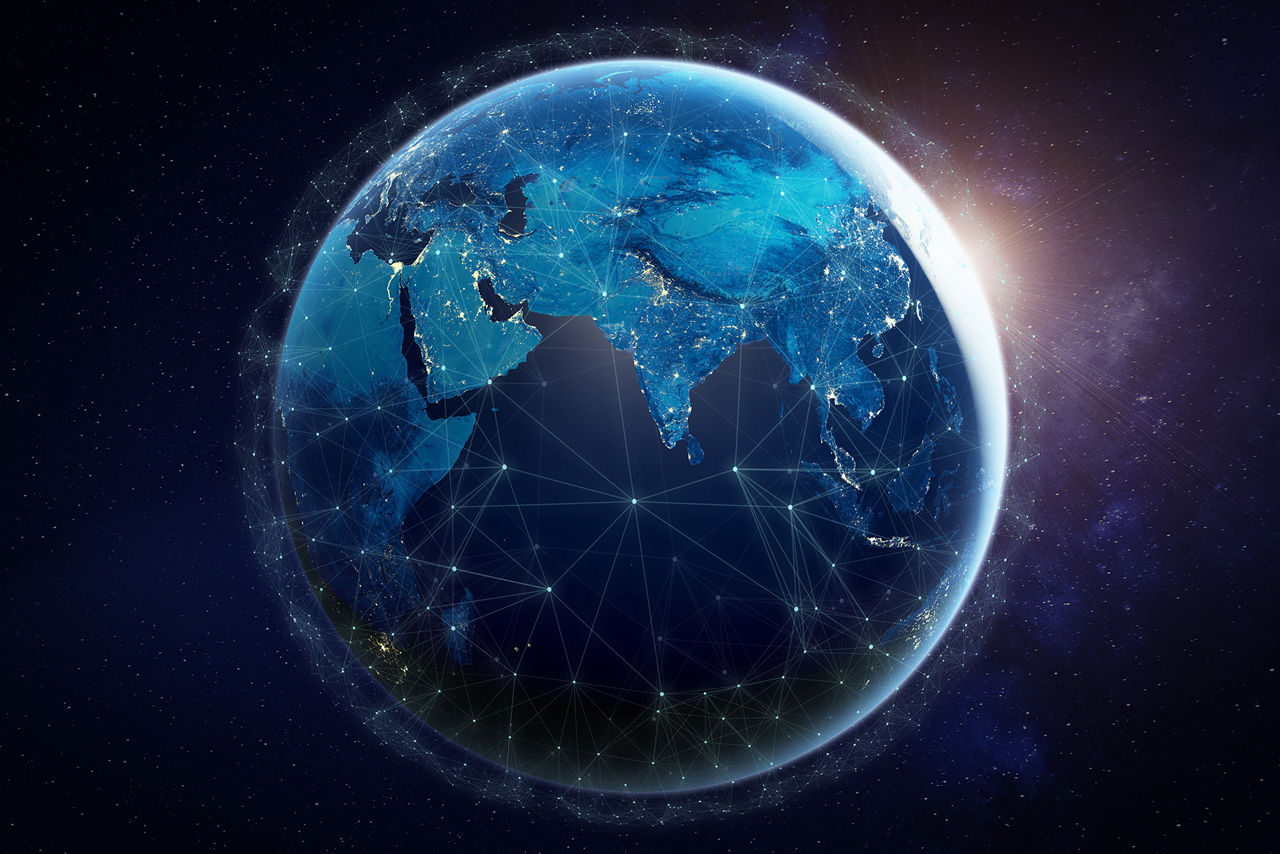- The Golden Era
- Nationalist Backlash
- Dual-Track Era
- Berlin Wall falls, China enters the WTO, and the internet goes mainstream
- Supply chains are borderless and manufacturing shifts to the lowest-cost producers
- Global trade’s share of GDP nearly doubles to over 60%
- The GFC causes the era of unfettered globalization to unravel
- Backlash against globalization gains momentum and nationalist movements gather force
- Growth in global trade slows significantly
- Covid-19 pandemic exposes supply chain vulnerabilities
- Russia’s invasion of Ukraine leads to threat of energy crisis in EU
- Great power rivalry and national security concerns usher in a new era of industrial policy
A Shifting Global Economy
The latest phase of globalization alters the macro landscape for investors.
-
Sectors Caught in the Crosshairs of a New Era of GlobalizationIn sectors at the heart of great power rivalry and protectionist industrial policy, a new set of investment opportunities and risks are emerging.
Read More
-
Portfolio ImplicationsFour crossportfolio implications for CIOs to consider for the impact of the new dual-track era of globalization.
Read More



